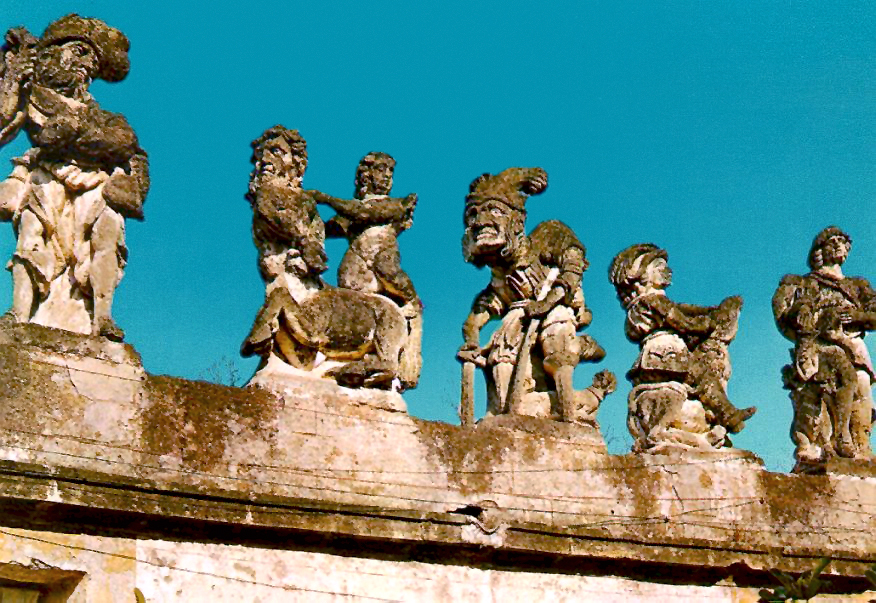Bagheria’s Enigmatic Villa Palagonia: A Grotesque Masterpiece

Nestled amidst the elegant villas of Bagheria, near Palermo, stands the singular Villa Palagonia, renowned globally as the “Villa dei Mostri” (Villa of Monsters). Commissioned in 1715 by Ferdinando Francesco I Gravina e Cruyllas, the Fifth Prince of Palagonia, as a country retreat, its construction continued in 1749 under his nephew, Ferdinando Francesco II, nicknamed “the Necromancer.” This eccentric individual is credited with the creation of the villa’s infamous grotesque figures. Originally numbering 200, only 62 of these sandstone statues – depicting deformed humans, fantastical beasts, and otherworldly figures – remain, guarding the perimeter walls. Their unsettling presence once fostered a local belief in the villa’s malevolent influence, earning it a reputation as a cursed location. The reason for the prince’s grotesque vision remains debated, some attributing it to the prince’s perceived ugliness and others to his purported eccentricity, despite historical records portraying him as a clear-headed royal chamberlain.
The villa’s oddities extend beyond its exterior. Today, visitors can explore the Hercules Hall, the billiard room, the chapel, and the exceptional Hall of Mirrors, a space once entirely covered in reflective surfaces that distorted and multiplied the images of the prince’s guests, leaving them undoubtedly astonished. An inscription at the hall’s entrance reads, “Behold your reflection in these crystals, and contemplate in this singular magnificence the fleeting image of mortal frailty,” a testament to the prince’s preoccupation with mortality and appearance. The villa’s unique character deeply impressed notable visitors, including the German playwright Goethe, who visited in 1787, describing it as deformed, insane, and chaotic, coining the term “Pallagonian” to describe its singular style. He also noted the unsettling effect of chairs with uneven legs and statues with moving eyes.
Following the extinction of the princely family, the villa passed into the hands of the Castronuovo brothers. Among its notable visitors were the surrealist painter Salvador Dalí, who expressed a desire to acquire it as a holiday residence, and the renowned Sicilian painter Renato Guttuso, who fondly recalled it as his childhood playground, even creating three artworks inspired by the villa. Its unique aesthetic has also attracted filmmakers, featuring in films such as Lattuada’s “Il Mafioso” (1962), Bellocchio’s “Il regista di matrimoni” (2006), and Tornatore’s Oscar-nominated “Baarìa” (2009).
Today, despite the encroachment of modern development, Villa Palagonia stands as a magnificent testament to Sicilian Baroque architecture, a captivating and enduring monument to eccentricity and artistic vision.
